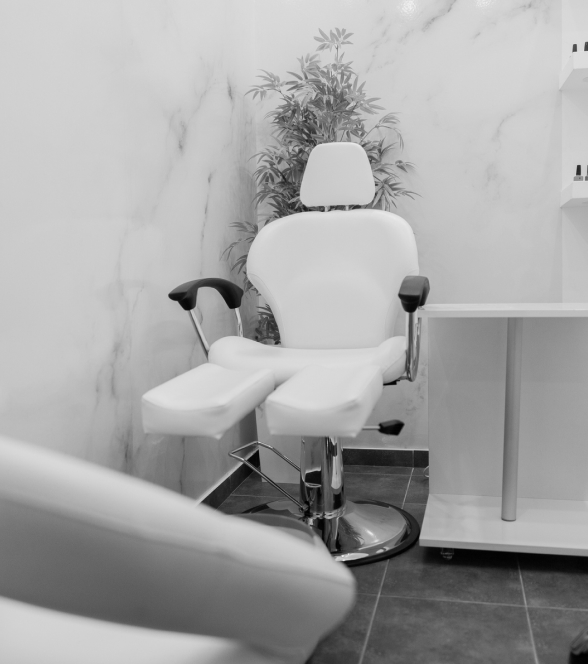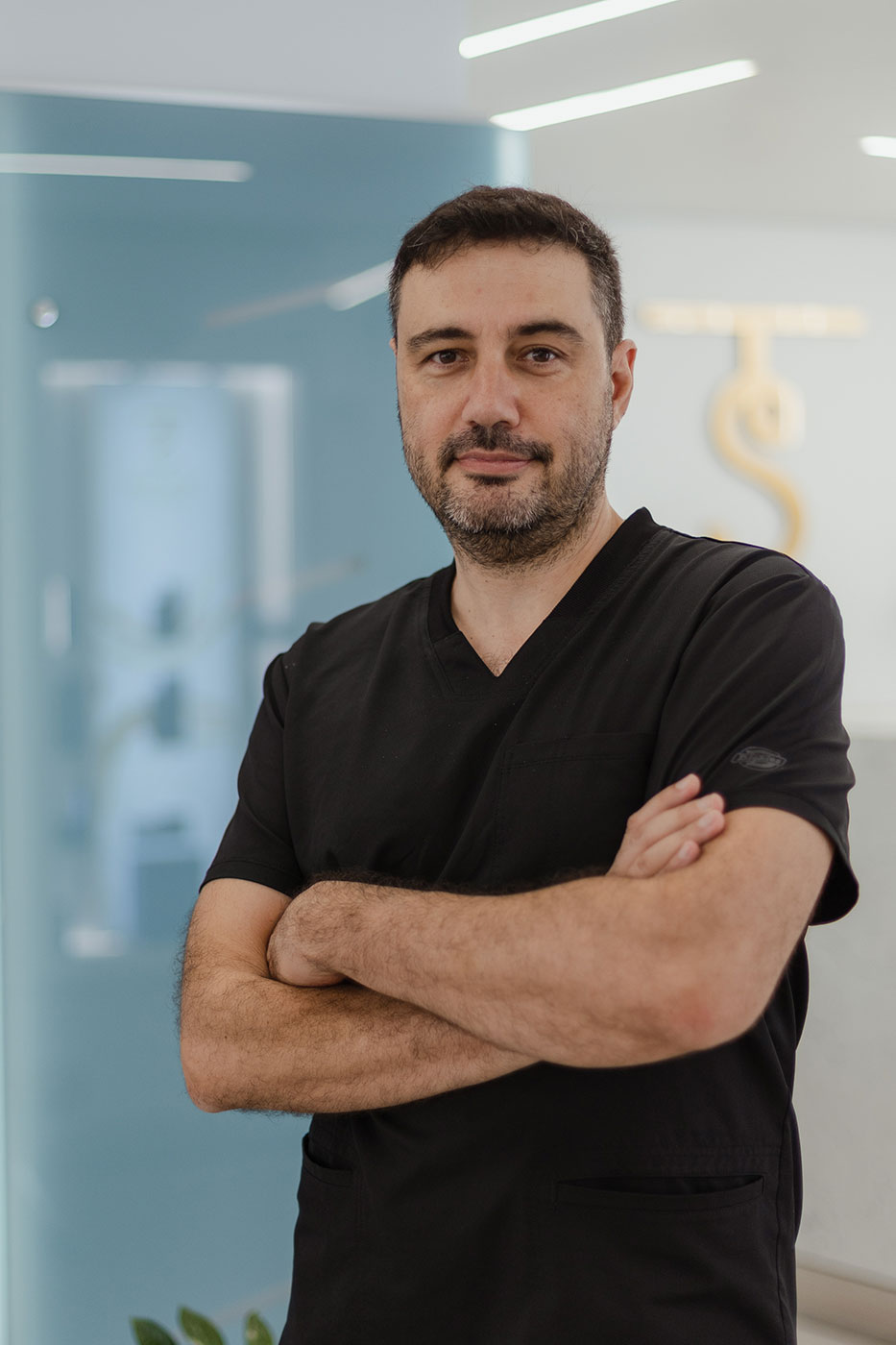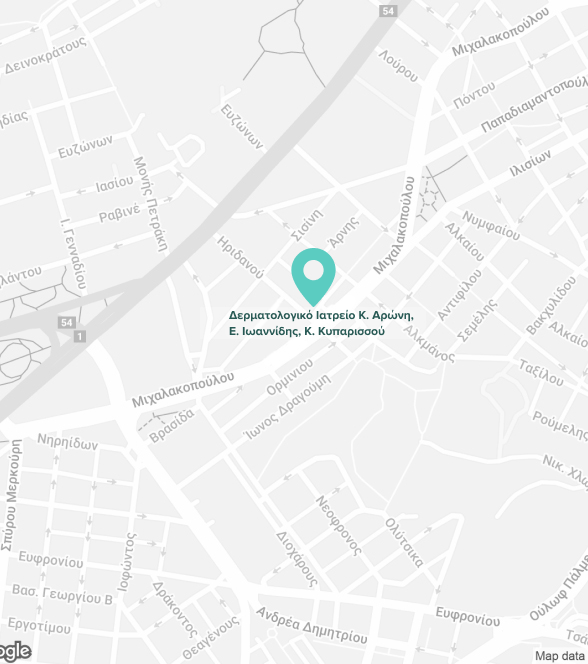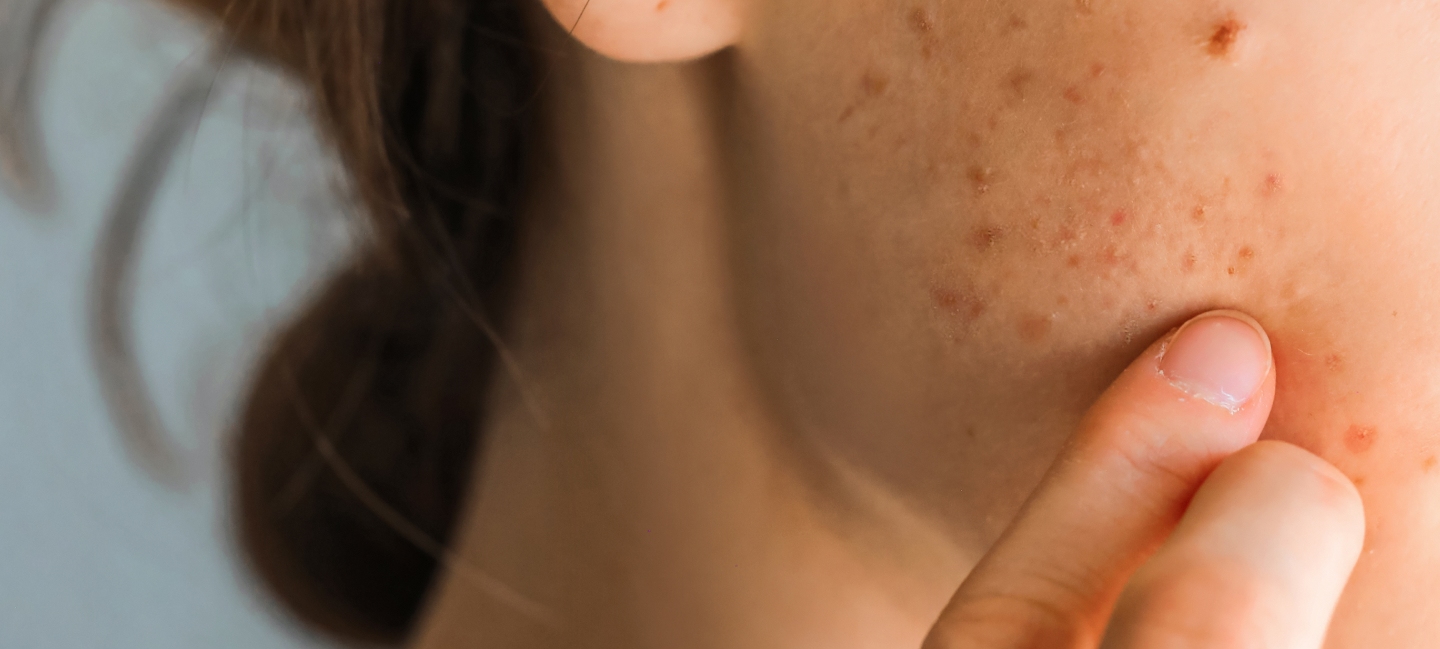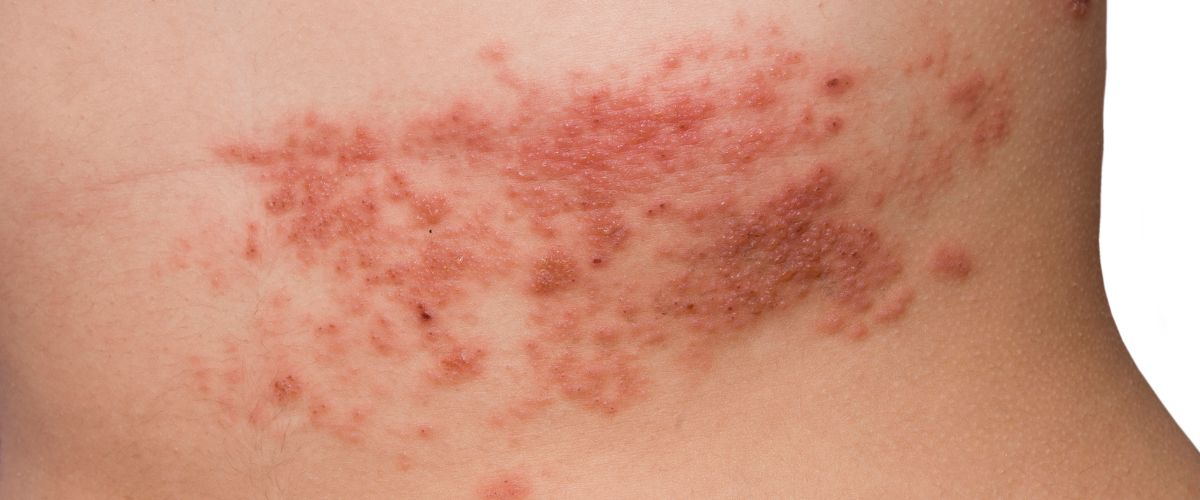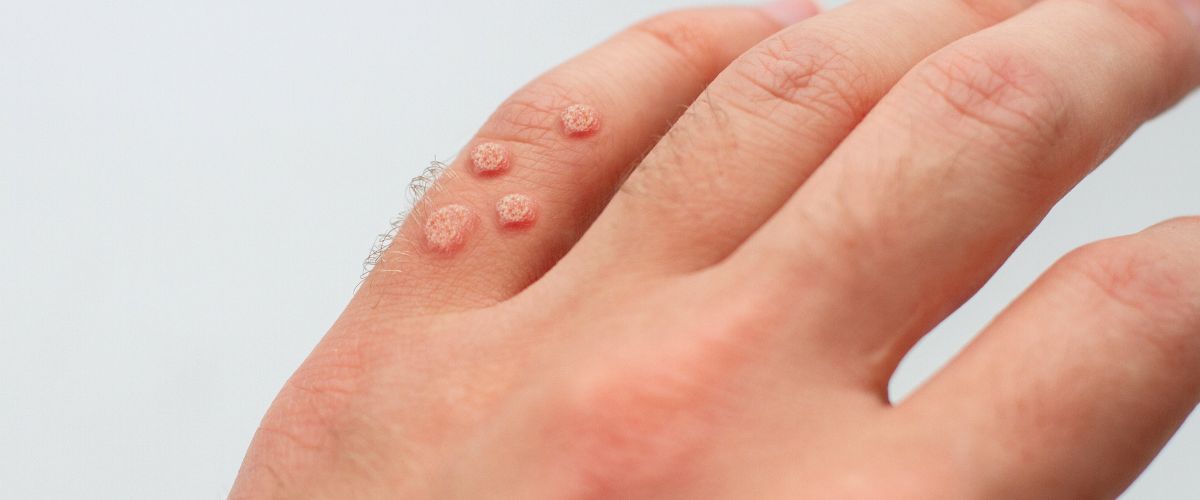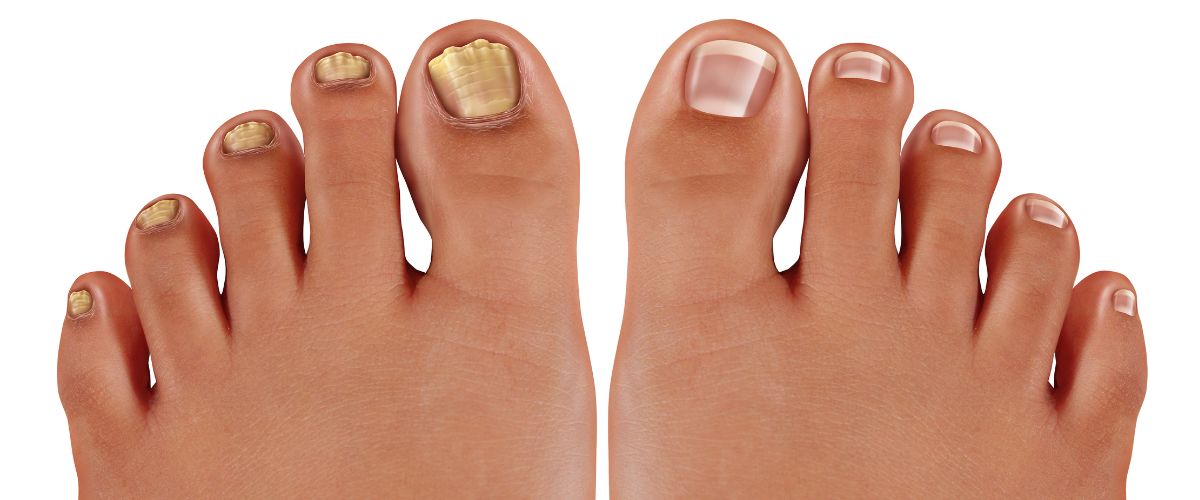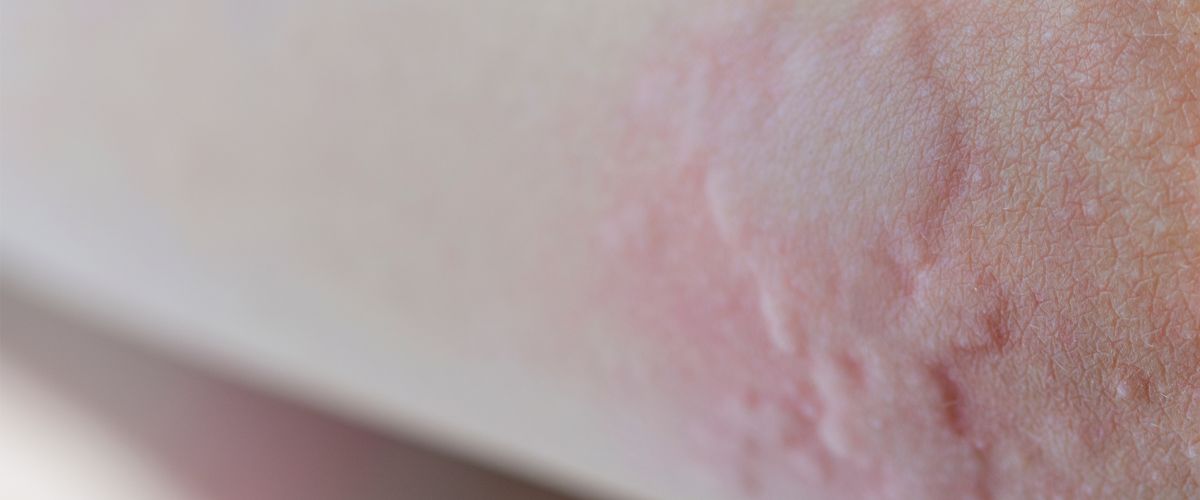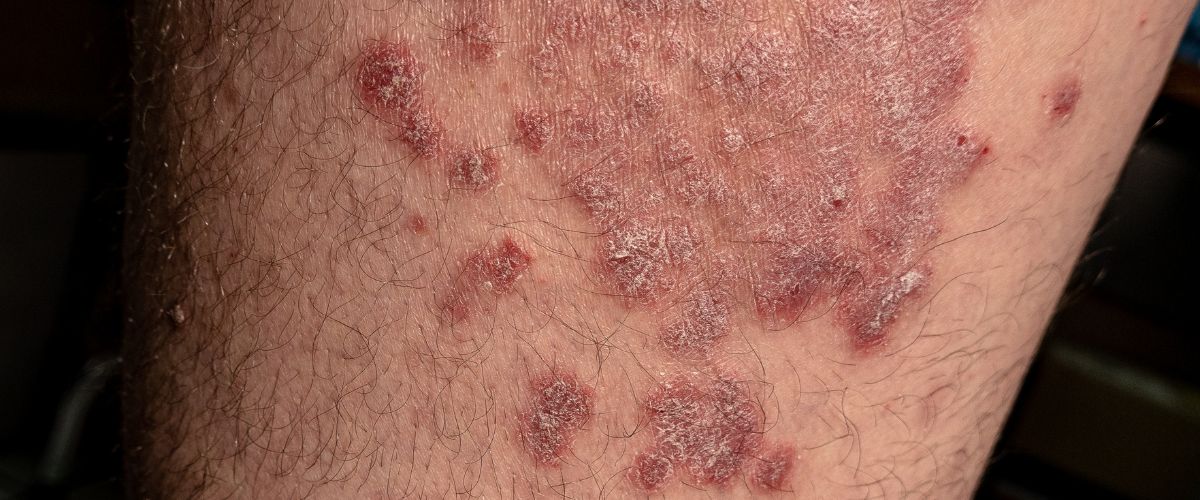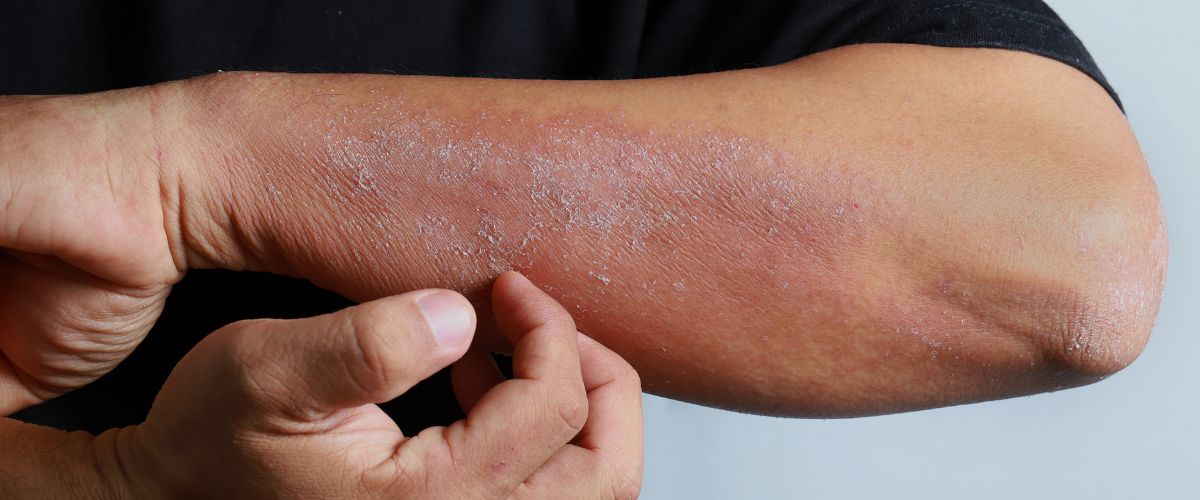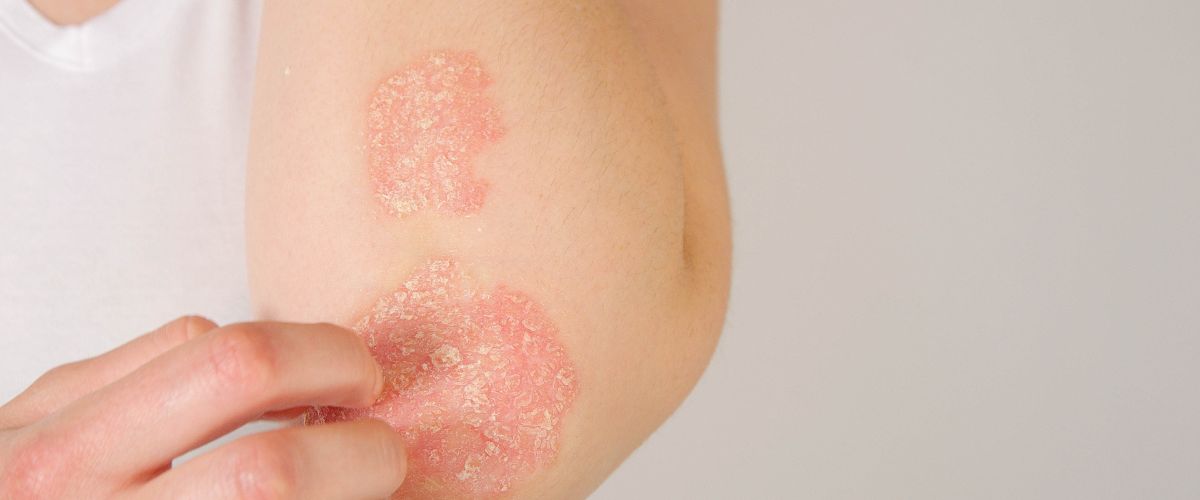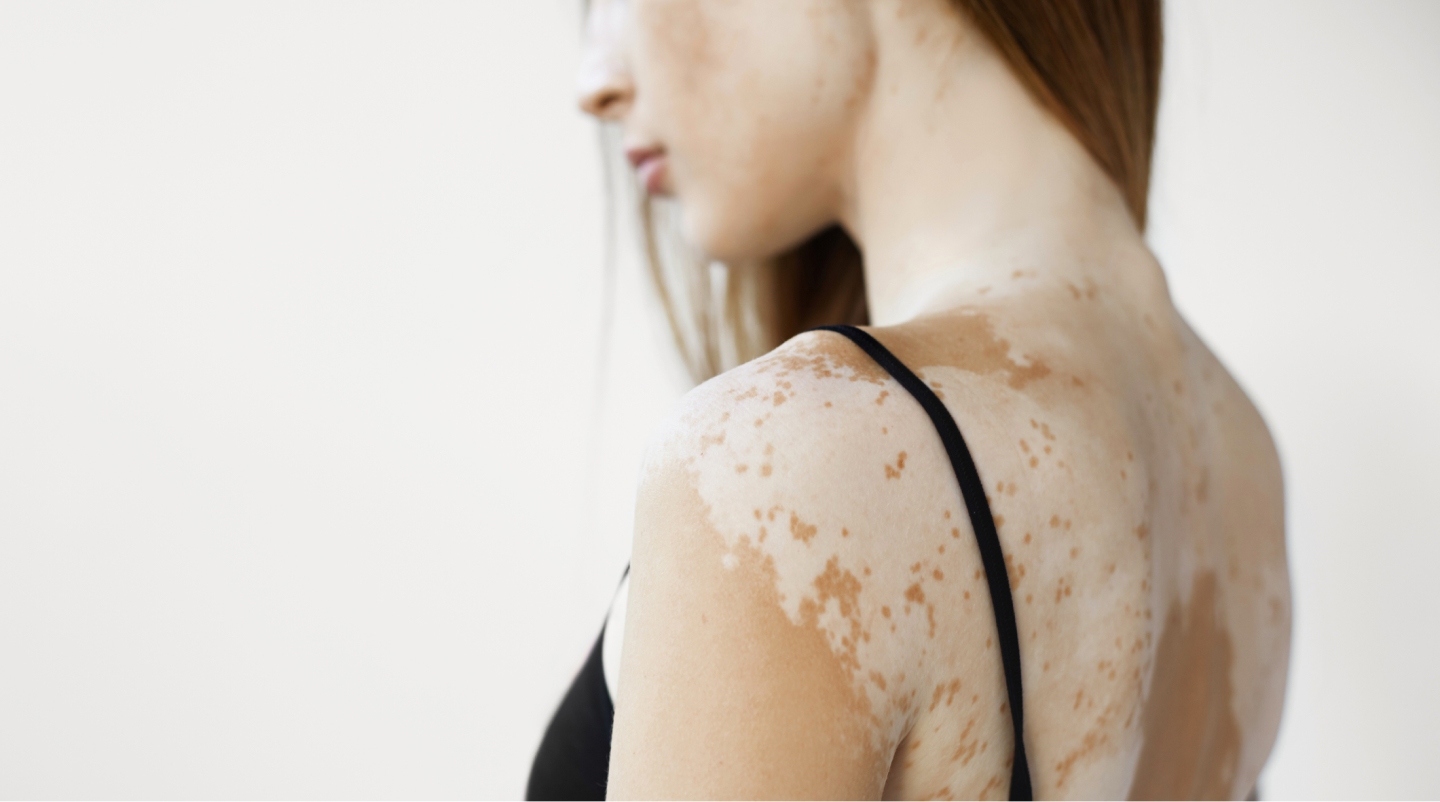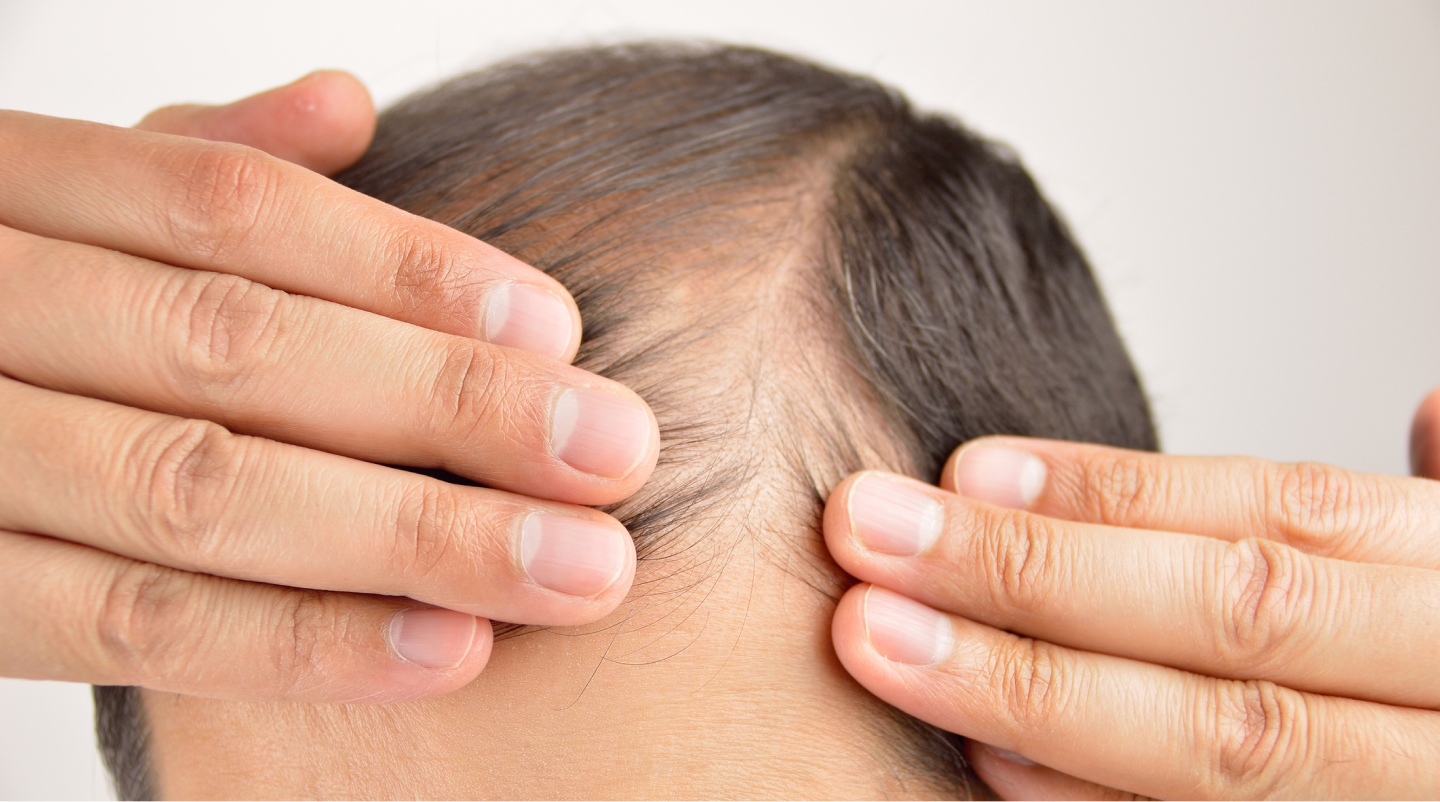What is acne?
Acne and conditions characterized by acneiform eruptions are not just pimples on the face! Teenage acne can have a significant psychological impact at a tender age with many changes. Additionally, adult acne often causes distress at ages when most people no longer face such problems and can also have unpleasant psychological effects. Furthermore, beyond its impact in the present, these conditions can unfortunately lead to permanent acne scars with implications for the future.
What are the causes?
Acne is a multifactorial disease, usually starting in adolescence and dependent on androgens. It is found in areas rich in sebaceous glands and is characterized by seborrhea, comedones (blackheads and whiteheads), papules, pustules, and cysts. Besides increased sebum production due to androgens, there is also an inflammatory component significantly influenced by the number and type of microorganisms present on our skin. Thus, the presence of certain microbes appears to be associated with more intense inflammation. Additionally, if the patient manipulates their pimples, they may exacerbate them and have even worse consequences.
At what age does it appear?
Acne usually appears in adolescence, with automatic resolution in early adulthood. However, in some cases, the problem persists into the fourth decade of life. Even more paradoxical is that there are individuals who, although they did not have acne in their adolescence, develop acneiform eruptions after their second decade of life. In adult acne, diet plays a crucial role. It is characteristic that acne is more common in developed countries than in developing ones.
Teenage Acne
Teenage or common acne is a very common problem with particular severity as it occurs precisely when the individual starts to pay more attention to their appearance, wants to be attractive to the opposite sex, and builds self-confidence. Hormonal increases affect the sebaceous glands and can lead to a picture that affects the psyche of the adolescent, who at that period of life also faces a series of exams important for their future.
The goal of treatment is to achieve results in the mildest way possible and as soon as possible to address flare-ups and avoid the formation of scars (pits) that persist into adulthood and have a cost for their treatment. We always take into account that the body is still developing, and we never underestimate the severity of this problem in a young person.
Unfortunately, the period before the national exams is often associated with flare-ups and, as if by magic, improvement after their completion.
Adult Acne
Many times, even in adulthood, some individuals suffer from acneiform eruptions that resemble but essentially are not like common acne. Addressing it is the easy part of the problem, as the goal is to avoid relapses - and no, the solution is not continuous administration of heavy therapies. Sometimes there are hormonal issues, so checking especially in women with significant menstrual irregularity is useful. Most of the time, however, the problem involves dietary intolerances, and along with the therapeutic regimen we provide, we discuss and advise in this area to prevent relapses after treatment completion. The pathogenesis of adult acne has no relation to rosacea, with which it is often confused.
What hormonal changes contribute to its appearance?
Sebaceous glands are sensitive to the influence of androgens, so hormonal changes during adolescence, as well as hormonal disturbances in adulthood, can contribute to the appearance of acne. In some cases, the presence of polycystic ovaries is one of the determining hidden causes. However, other hormonal disorders can also cause acneiform eruptions, such as thyroid disorders. Finally, disorders in cortisol secretion may be a rare cause, but acneiform eruptions are not uncommon after taking cortisone for medical reasons or even (illegally) anabolic steroids for bodybuilding.
What types of acne are there?
A simplified classification of acne would be as follows:
- Comedonal Acne
This is the mildest form of acne where comedones, or blackheads, are present without inflammation. It is characterized by oily skin, especially in the T-zone, and is common during adolescence. In these cases, which are the first stages of acne, there is pore blockage by keratinocytes.
- Papulopustular Acne
In this form, in addition to comedones, papules, and pustules appear on the face. Microbes can develop in the blocked pores, and continued sebum production, under hormonal control, leads to the "bursting" of the gland with its contents being released into the skin. This causes inflammation and the formation of papules and pustules. This is a second, more severe form of acne. In milder forms, it does not leave permanent marks and only temporary redness, but in more severe forms, especially if there is an infection, it can lead to permanent acne scars.
- Cystic Acne
This is a more serious form of acne where comedones and pustules coexist with cysts and nodules, as inflammation is more intense. Managing inflammation and pus drainage from the body is not easy, so during healing, good-quality collagen may not be produced, and scar tissue may form. This leads to atrophy of the overlying epidermis as the vessels that nourish it are in the lower dermis in a scar tissue environment.
- Other Forms of Acne and Acne-Like Rashes:
There are other conditions with the name "acne" that are either rare or have an "unfortunate name" as their pathogenesis is not related to acne. We could characterize them as acne-like rashes. These can occur after prolonged sun exposure, such as Mallorca acne, malignant acne, or acne fulminans, which can be a severe progression of cystic acne, the appearance of acneiform eruptions after taking medications, reverse acne, which may be an outdated term for hidradenitis suppurativa, and rosacea, which has a different pathogenesis and is extensively described in another text on our website.
What are the symptoms?
The symptoms from the appearance of comedones, pustules, and cysts are mainly aesthetic. Redness and inflammation on the face certainly bother each of us more or less. More severe forms of acne may also cause pain/discomfort at points with cysts depending on their size and location. All of these can have a negative psychological impact on a patient, and unfortunately, it has been found that they can lead to depression in some cases. Additionally, intensely inflammatory forms may cause acne scars and scars that accompany someone for the rest of their life, reminding them of their acne experience at a younger age.
How is the appropriate treatment planned?
There is a plethora of treatments available to dermatologists today. In topical treatments, we find special cleansers and lotions, creams, and gels with antibiotics and substances that regulate sebum production and improve keratinization in the hair follicle. In oral treatments, we use combinations of vitamins that affect keratinization and seborrhea, antibiotics, and of course, isotretinoin in small and safe doses, as we combine it with other treatments. In recent years, an antihypertensive drug has also been successfully used, but it has been found that its off-label use can significantly help in some forms of acne.
A proper cleansing by our aesthetician is also important. This takes place after our treatment has initially acted so that comedones are mechanically removed and thus we do not have worsening due to the treatment, while also having a faster completion of it. This is accompanied by the use of specific mild peels and the use of Laser and IPL (intense pulse light), which have been found to expedite a treatment or help a patient who desires a more natural treatment without taking medications. Finally, there is a thorough discussion about diet, which can be decisive, especially in adult acne.
Acne Marks and Scar Treatment
Acne scars are usually small indentations that remain after deep pimples. Although it is good to prevent their formation, we can greatly improve them even after they have settled, and depending on the initial appearance and the number of sessions, we can even eliminate them. The choices in our office are many (needling, peeling, laser, radiofrequency, fillers, dermabrasion, fat grafting), and the experience is great. The treatment is decided jointly with the patient after evaluating the problem and after completing pharmacological treatment. Simple redness that some characterize as acne marks is usually temporary, but there too we can expedite its elimination.

